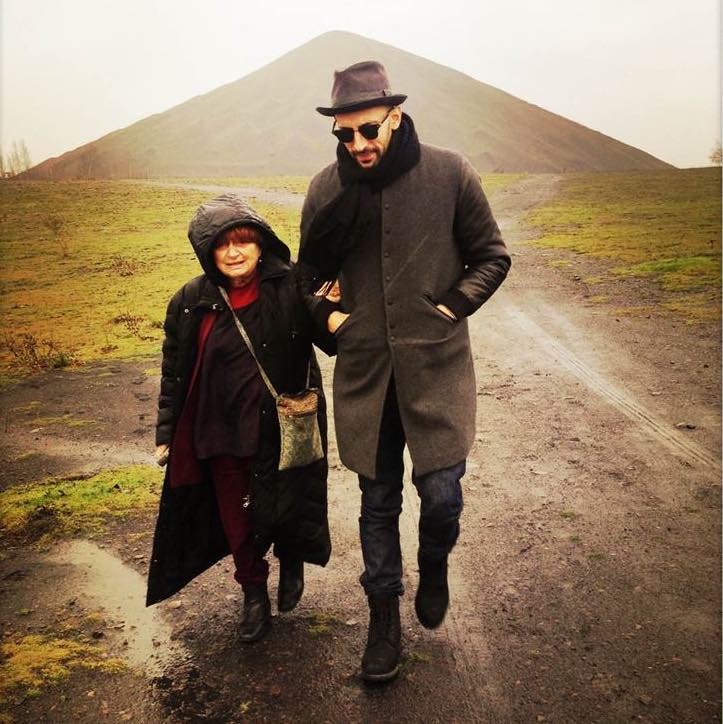
Throughout the course of the film, both Varda and JR do the things for which they are already known. While Varda explores her past through places, people and memories, along the lines of her wonderful 2008 documentary, The Beaches of Agnès, JR (who always wears a hat and dark glasses and has never revealed his true identity) mounts large photographic images on the sides of buildings or in public locations. Working together on the same film, however, the duo creates a very different work of art that is variously frivolous, whimsical and profound.
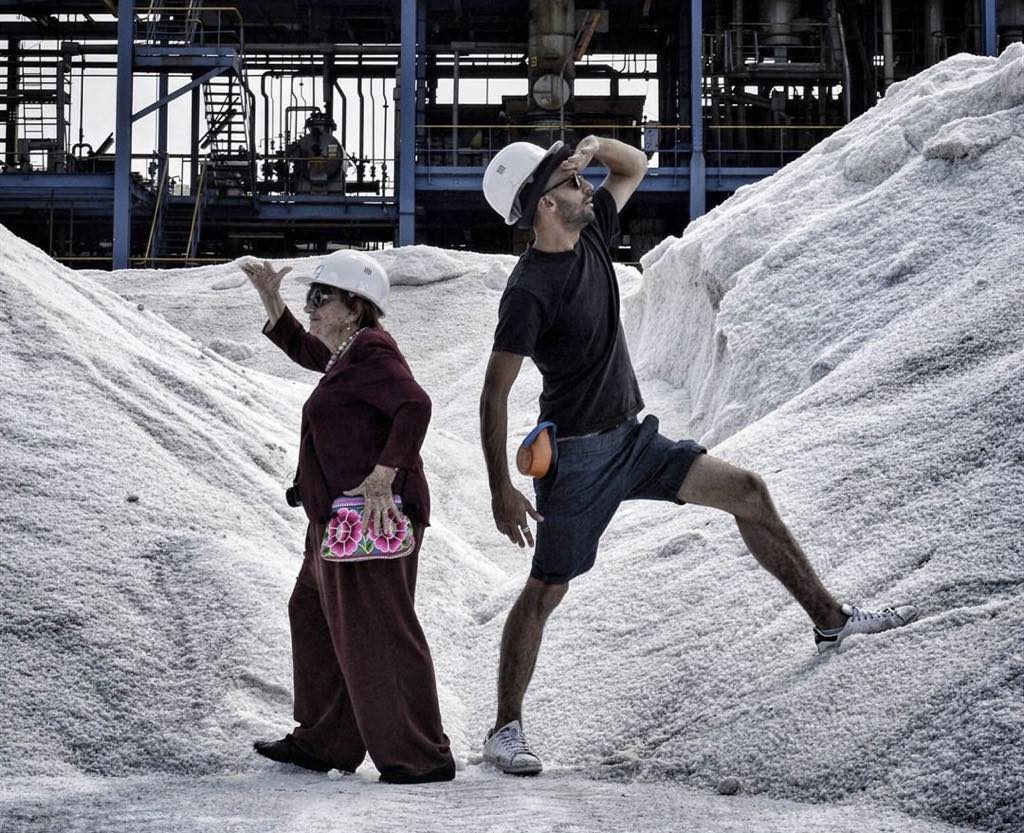
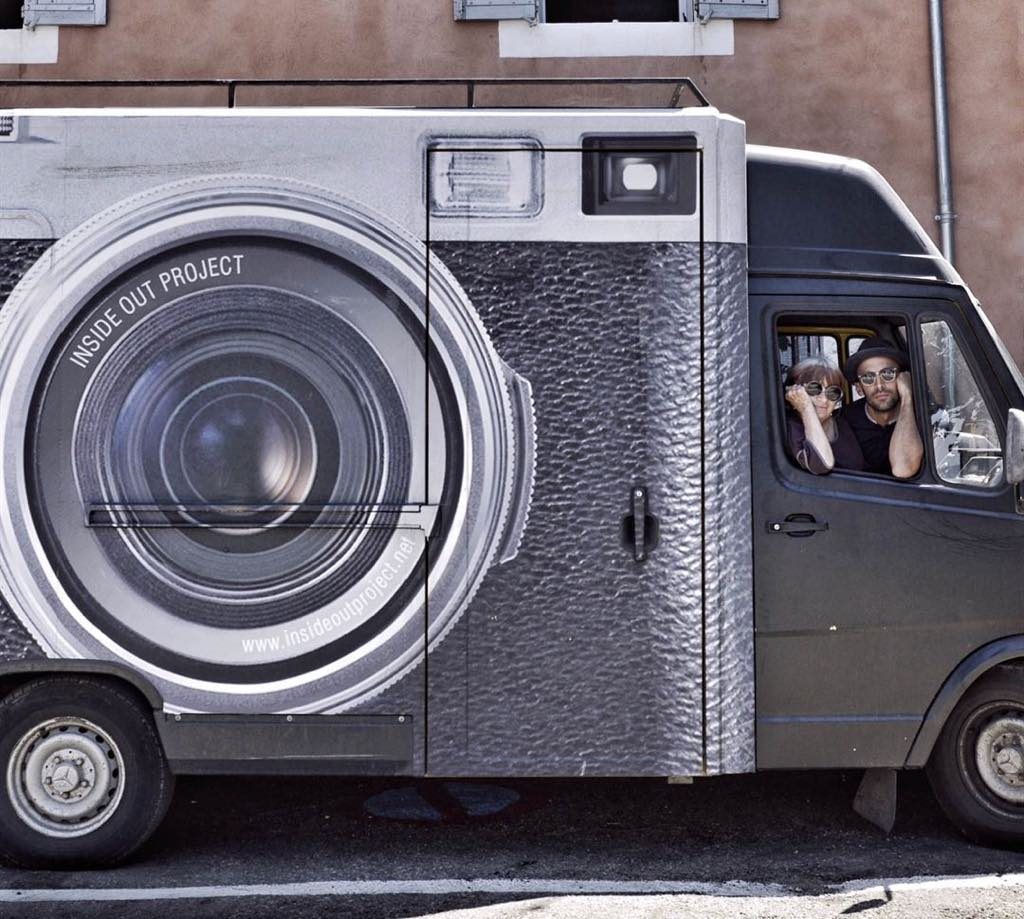

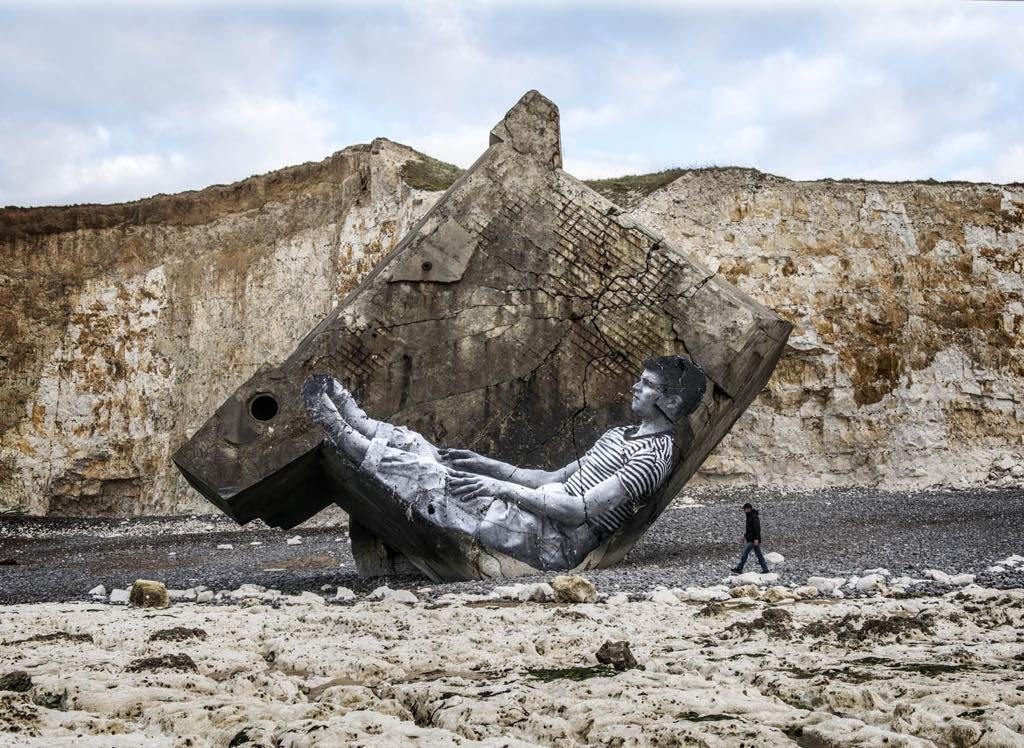
The precariousness of life is a theme that dominates Visages, Villages, not only in the evocation of friends like Bourdin or the photographers Henri and Martine Cartier-Bresson (whose graves they visit) or Varda’s husband Jacques Demy (whose loss Varda continues to mourn in so many of her films) but also in Varda’s meditation on old age and death (which she admits to thinking about often) or the visit they make to JR’s 100-year-old grandmother.
In a documentary that is so concerned with viewing others and oneself, it is not surprising that another prevailing theme is that of sight. The way Varda and JR deal with it is what makes their work so original.
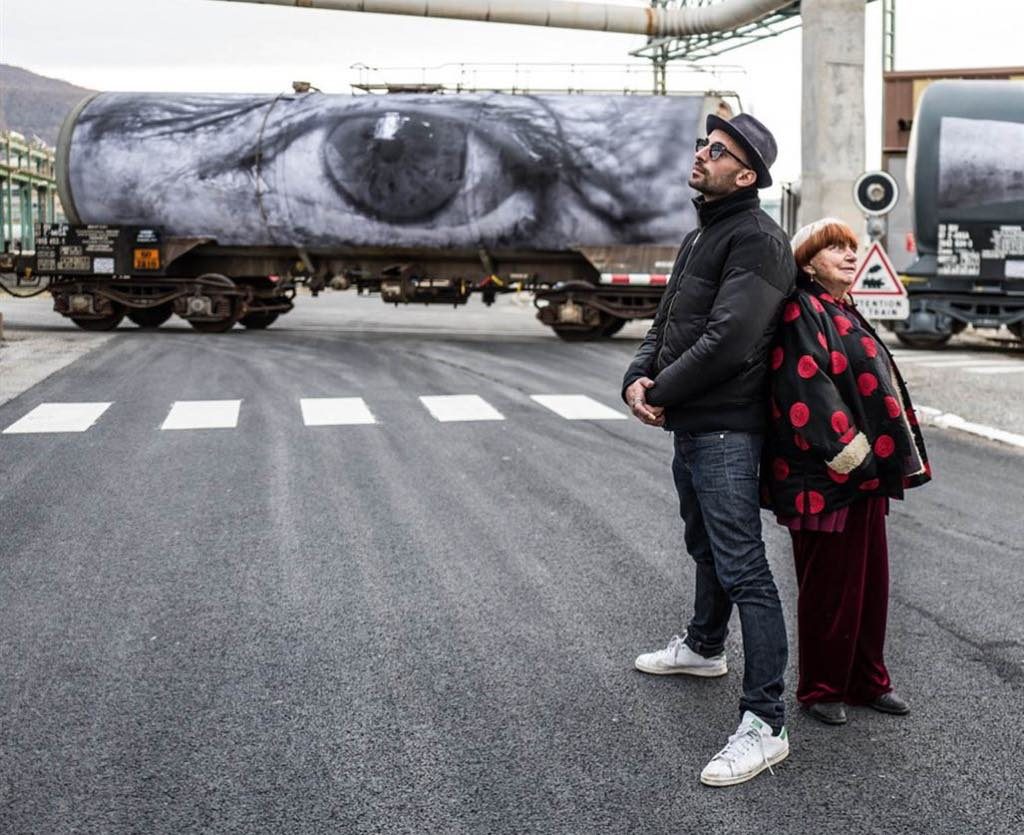
The two filmmakers represent Varda’s sight difficulties by creating a huge eye chart with human figures holding up giant letters. But Varda’s eyes are not the only focus: throughout the film, she asks JR to remove his sunglasses so that she can see his eyes, a request he consistently refuses. I will not reveal whether or not he eventually takes them off.
Varda also replays a parodic sketch that she filmed of her early movie Cléo from 5 to 7 in which the perpetual-sunglass-wearing director Jean-Luc Godard removes his shades for the camera. Poignantly, when Varda and JR go to Godard’s home in Switzerland for a pre-arranged visit, he stands them up. Varda leaves some pastries and a handwritten note on the window of his locked front door.
At one moment in the film, a perplexed person asks what the point is of putting up portraits of ordinary people, animals and things (everything from fish and goats to toes). Varda’s reply is simple and eloquent: “Le but, c’est le pouvoir de l’imagination” (“The point is the power of the imagination”).
It is a joy and a privilege to be able to witness the power – and charm – of the imagination of Varda and JR in this engaging documentary.
Favorite
Delightful, insightful. Not to be missed.
In a world with so much despair and cynicism, NOTHING could be more life-affirming and inspiring than this beautiful film!